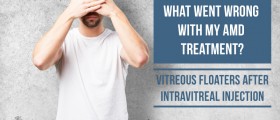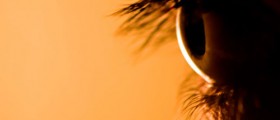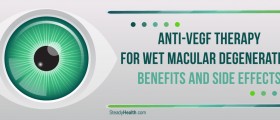
Detached retina is a very seriouscondition of the eye, in which the retina is not in the normal position (in theback of the eye) but it is separated from the underlying layer of blood vesselswhich provides oxygen and nutrients to the retina. Retina is a very thintissue which has two parts: larger part is peripheral retina, while the centralarea is smaller and is called the macula. Retina cells are of two types: rods,which enable seeing in reduced illumination, and cones, which enable sharpnessof vision. The central part of retina has the higher concentration of cones, sowe can clearly see fine details, while the high concentration of rodsfacilitates our vision in darkness.
The role of the retina is to sendvisual images to the brain through the optic nerve. Detached retina mustbe treated on time, because otherwise, it usually leads to the loss of visionand blindness. A retinal detachment usually affects only one eye, but theother eye must be regularly controlled. It can happen at any age, but mostfrequently in midlife or later. Retinal detachments can be divided intothree groups: rhegmatogenous retinal detachments, oxidative, serous, orsecondary retinal detachments, and fractional retinal detachments. Allthese detachments occurs because of a hole, break, or tear in the retina,inflammatory conditions, injury, vascular abnormalities or even trauma.
The persons who suffer fromglaucoma and nearsightedness, or had the cataract surgery are more exposed tothe occurrence of retinal detachment, as well as those who had someone infamily who had it also. There are warning signs for this eye disorder. Thefirst and most frequent symptoms are the sudden appearance of many floaters andflashed lights. These two symptoms often occur as the consequence of thetearing of retina, but sometimes that can happen because of posterior vitreousdetachment. Posterior vitreous detachment is the condition when the vitreousgel, which fills 2/3 of the inside of the eye between the retina and the lens,is separated from retina. When a person experiences those symptoms it is recommendedto visit the doctor. The eye doctor is called ophthalmologist. Blurredvision and shadow or curtain across the eye can also be the indicators fordetached retina. The person with the retinal detachment may also complainof suddenly seeing some straight lines, such as a road, scale, or theedge of a wall, curved. Retinal detachments are usually treated with lasersurgery or cry therapy, sclera buckle surgery, pneumatic retinopexy, or vasectomy.

















Your thoughts on this
Loading...